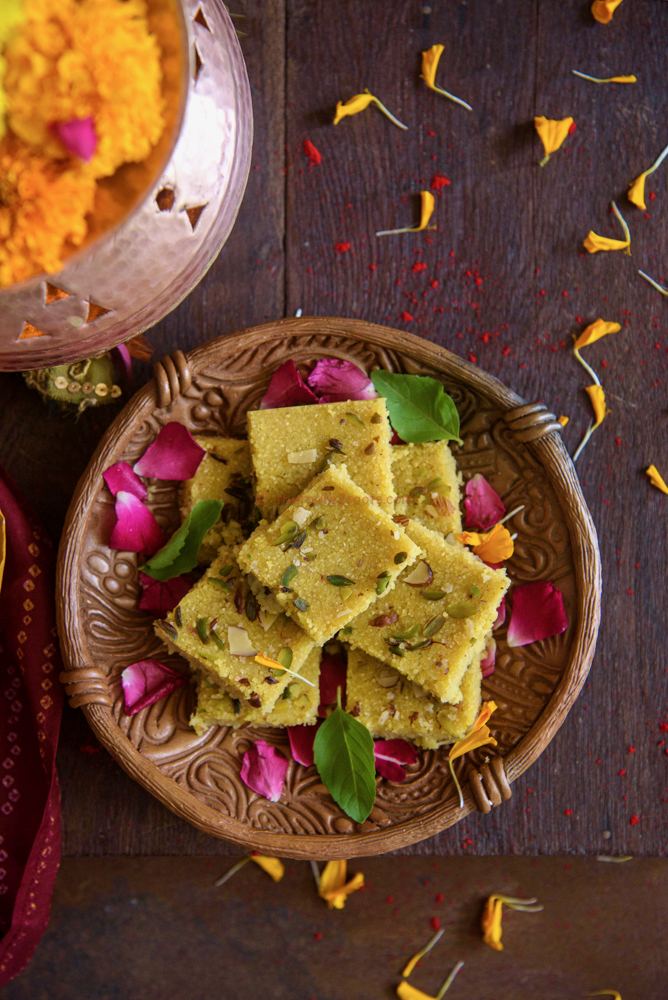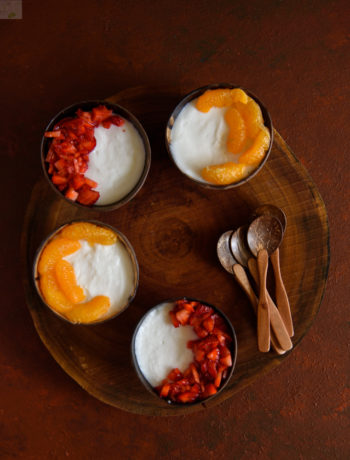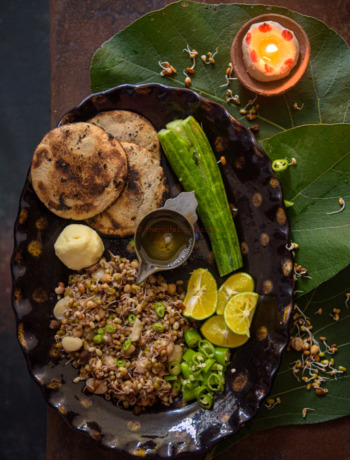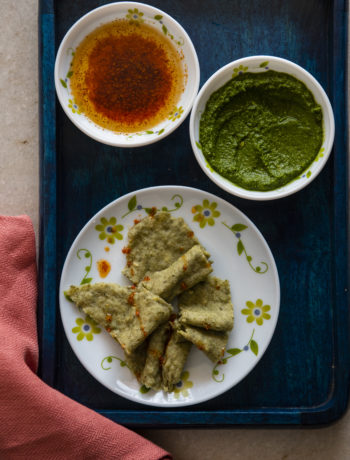Few years ago, Navghanbhai, a farmer from the Nalsarovar region, introduced me to the term Ram-Mol while discussing the cultivation of various cereal grains in Gujarat. “Ram-Mol are our friends in need! They are extremely giving and dependable; they don’t tire us!” Navghanbhai had mentioned during the conversation. Mol means crop/produce in Gujarati dialect, and Ram-Mol are crops that survive and grow Ram-bharose even on the most depleted soil, without any attention. In hot, arid, and water-starved Gujarat, Ram-Mol is low input major and minor millets and pulses like mung, moth and desi chana. However, the increasingly erratic monsoons and extended summers have made farmers like Navghanbhai depend on Ram-mol to supplement their agricultural income and provide food security.
In the region around my home, along with bajra and jowar, minor millets like bunti and moraiyo and the wild-growing samo/sama (no, sama and moraiyo are not the same) are Ram-mol. The crops are allowed to grow free and wild with no human intervention post-sowing. It results in nutritionally superior quality grains that are free of harmful chemicals and can last for years.
This year we have had a great monsoon, and low-lying farms remained water-logged. Minor millets came to the rescue when most Kharif crops failed in such farmlands.
Along with Samo, Moraiyo also makes it to the list of fasting-foods, and Gujarati cuisine uses it extensively in cooking up a wide range of falahar recipes. I have never been a fan of moraiya khichri or upma, but the grassroots interactions of the past few years have nudged me to appreciate the humility and versatility of this and many such grains.
The kesar-hued Moraiya ni Barfi featured here is easiest sweet I have attempted; it also won me over because of the minimal and modest ingredients it needs to turn into a melt-in-mouth mithai. It makes a perfect Prashad for the Devi.

Moraiya ni Burfi
Ingredients
- 1 cup moraiyo
- 1/2 cup ghee
- 1+1/2 cups water
- 1+1/2 cups milk
- 3/4 to 1 cup sugar/khandsari
- 1 tablespoon kesariya doodhmasala
- a pinch of saffron
Instructions
Take the moraiyo in a medium sized colander and wash it using tap water.
Discard the water. Use fine sieve to catch Moraiyo grains which discarding the water.
Spread the Moraiyo on a cheese/mul cloth and dry it for 10 minutes. It will be damp not be completely dry.
Place a heavy bottom pan on low flame. Add the ghee
Once the ghee warms up, add the dried Moriayo.
Roast the Moraiya grains in ghee until they turn pale pink in colour.
While you are roasting the Moraiyo, mix milk and water and bring it to simmer. Add the pinch of saffron to it.
After the Moriayo has roasted well ( it will become light and fluffy), add the saffron infused warm milk.
Continue to cook the the moraiyo till the milk has been absorbed and the moraiyo grains have cooked well (if required add 1/4 cup of milk to help moraiyo is completely cooked.
Remember to keep stirring the mix.
Add sugar and mix it properly.
Allow the sugar to melt and cook. As that happens ghee will separate on the edge of the mixture.
Add the Kesariya Doodh masala to the mix. Alternately you can also use a miix of finely chopped pista, almonds and 1/2 teaspoon green cardamom powder. Give it all a good mix.
Allow the Moraiyo Burfi mix to rest for a while before turning off the flame.
Grease a steel thali with ghee.
Transfer the mix to greased plate and spread it to the edges. Smoothen the surface of the Moraiyo Barfi with a back of the katori.
Garnish with almond and pistachio slivers. Press them into the Burfi.
Cut in cubes or diamonds after the Burfi has cooled down completely. Takes couple of hours.
Garnish with Tulsi leaves if offering as Prashad.





No Comments